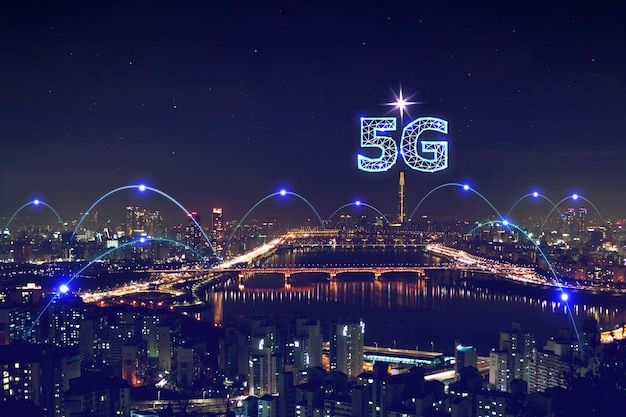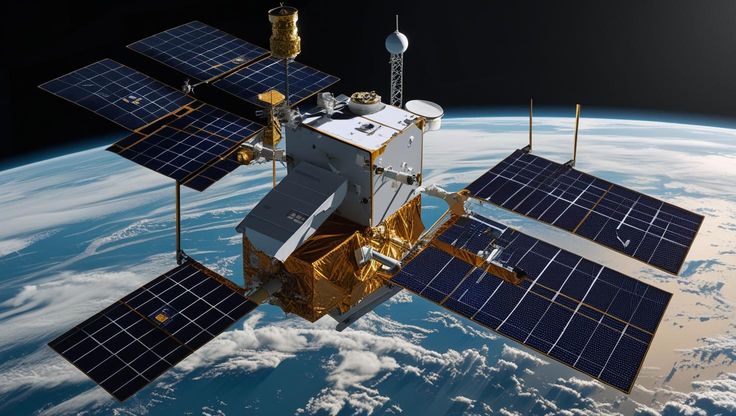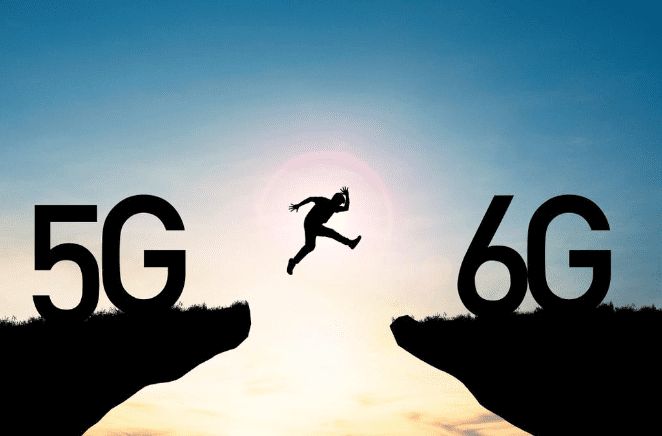The Next Evolution in Wireless
5G is the fifth generation technology standard for cellular networks, which began deploying worldwide in 2019. It is designed to connect virtually everyone and everything together including machines, objects, and devices.
5G wireless technology is meant to deliver higher multi-Gbps peak data speeds, ultra low latency, more reliability, massive network capacity, increased availability, and a more uniform user experience to more users.
Higher performance and improved efficiency empower new user experiences and connects new industries. 5G is driving growth and enabling new possibilities across multiple sectors including automotive, healthcare, manufacturing, and entertainment.







